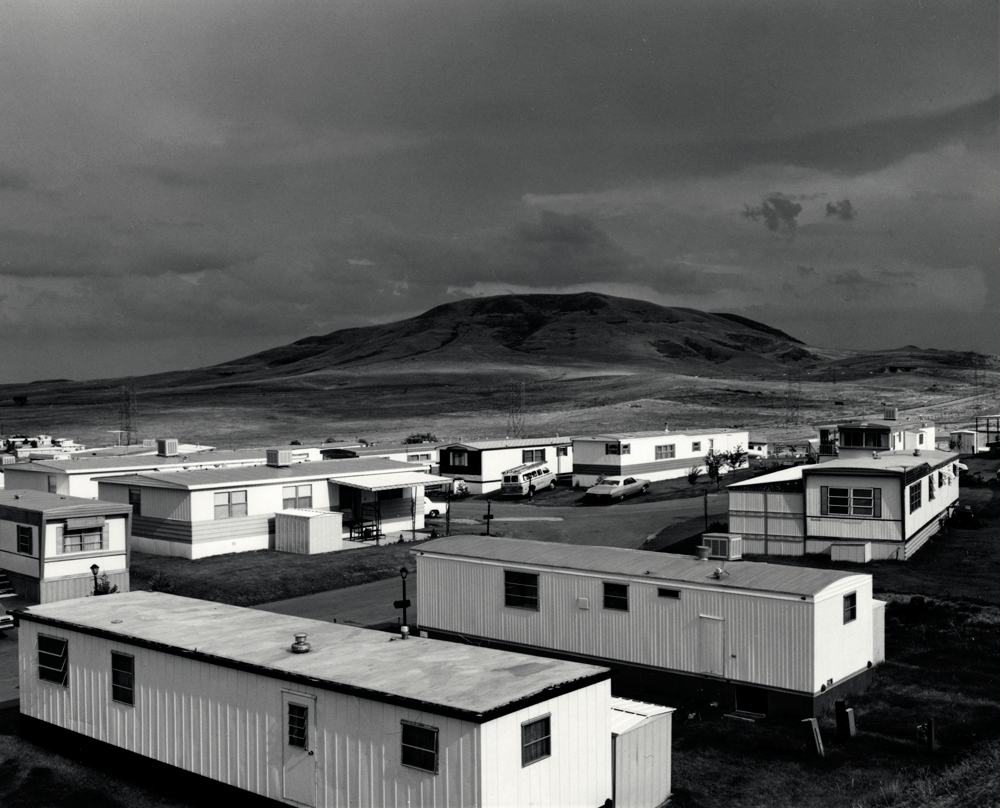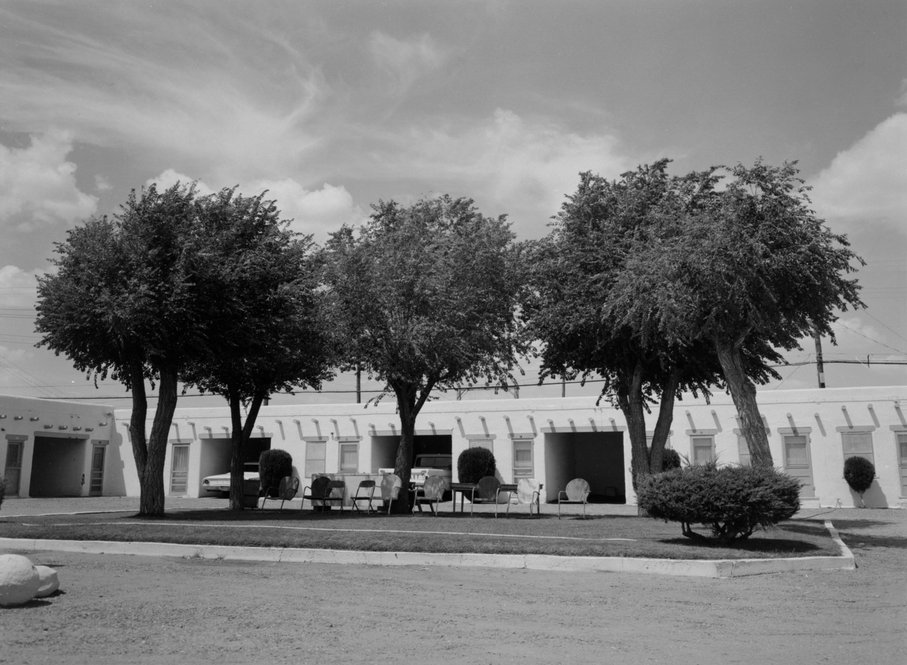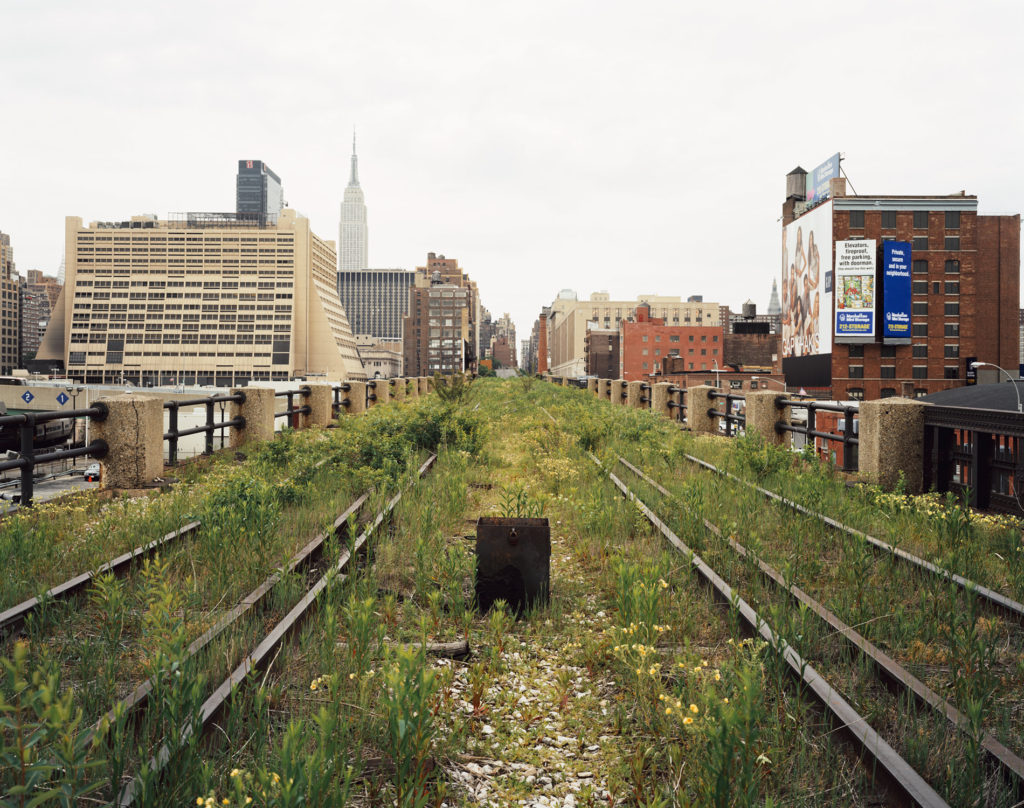

Gabriele Basilico, Milano, 1995. 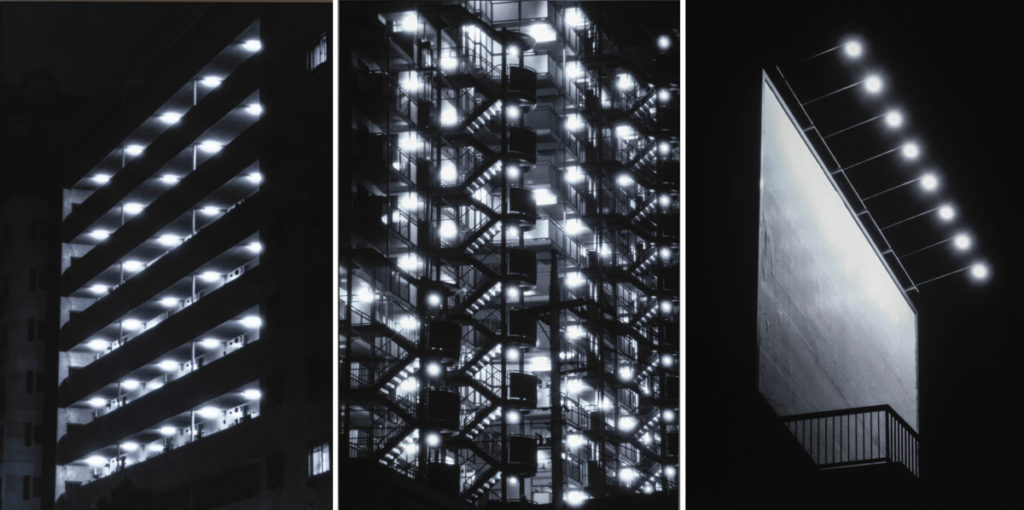
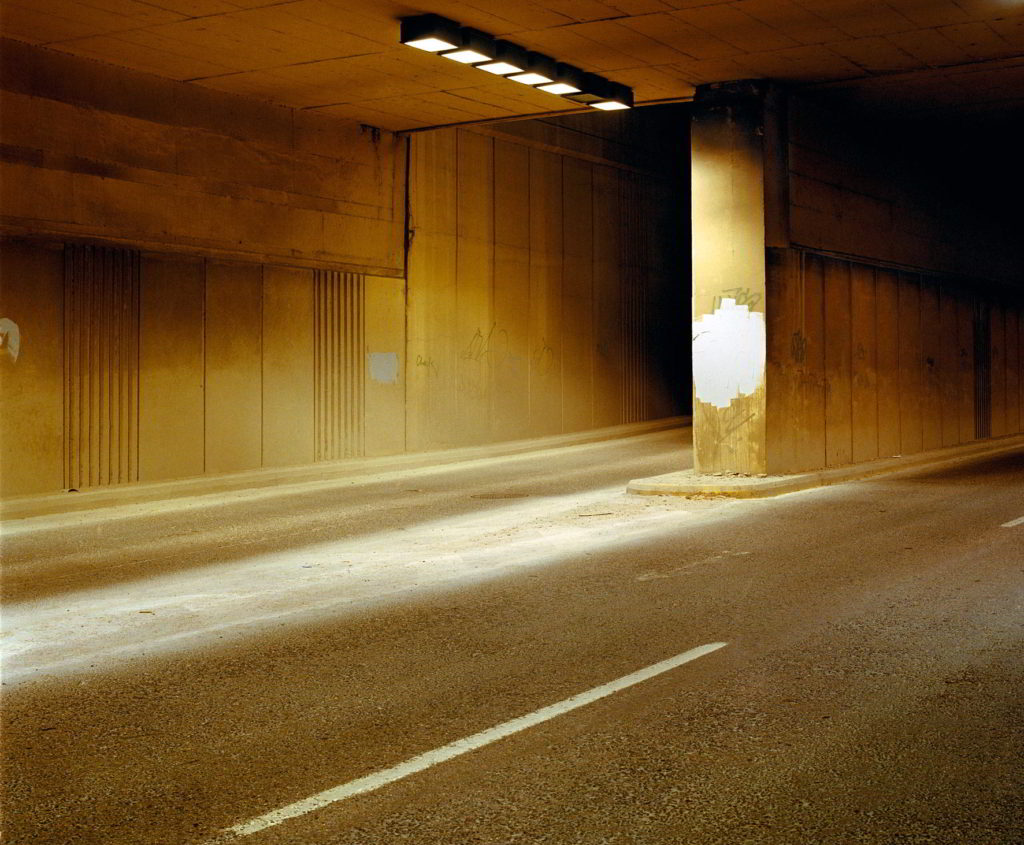
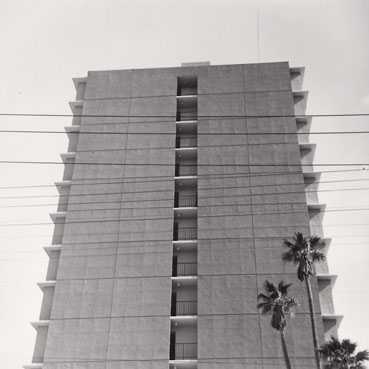
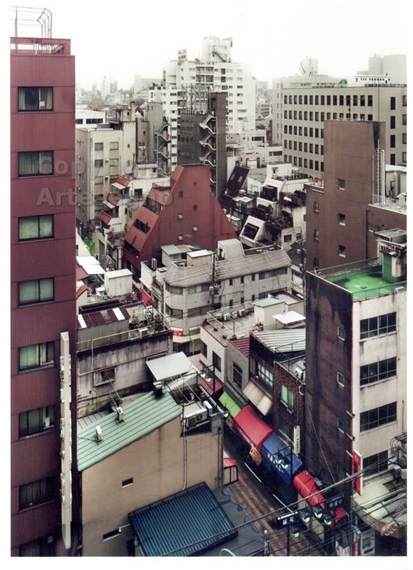
The New Topographics
“New Topographics: Photographs of a Man-Altered Landscape” was an exhibition that epitomized a key moment in American landscape photography.
The term Topographics was coined by William Jenkins. The New Topographics creating a turning point of moving away from the traditional depictions of landscape photography. New Topographics placed an emphasis on the industrial and increasingly suburbanised world. An exhibition at the International Museum of Photography in Rochester, New York featuring these photographers also revealed the growing unease about how the natural landscape was being eroded by industrial development. New Topographics gained a varied response from the public:
“I don’t like them—they’re dull and flat. There’s no people, no involvement, nothing.”
“At first it’s stark nothing, but then you look at it, and it’s just about the way things are.”
“I don’t like to think there are ugly streets in America, but when it’s shown to you—without beautification—maybe it tells you how much more we need here.”
New Topographics focused on capturing the changing world and changing landscapes, in contrast to landscape artists such as Ansel Adams who based there studies on preserving the natural landscape and used they’re images in hope of protecting these sights from industrial change.
New Topographics, although rarely containing people within the images, represented the human impact on the landscapes, through the use of man made buildings, perhaps leading people to care and concern more for the natural environment and landscapes. However, new Topographics can also be seen as beautiful. Their stark, beautifully printed images of this mundane but oddly fascinating topography was both a reflection of the increasingly suburbanised world around them, and a reaction to the tyranny of idealised landscape photography that elevated the natural and the elemental.


